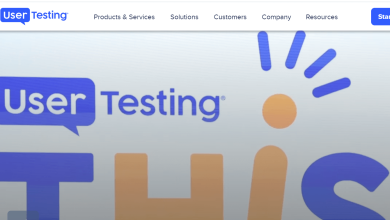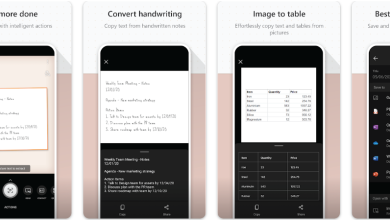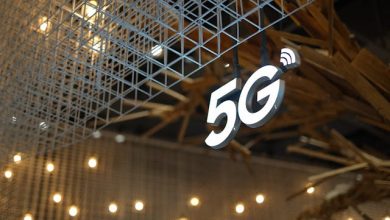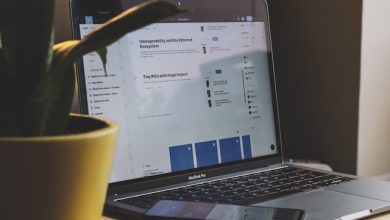Innovative Strategies for User Engagement: From Email Subscriptions to Countdowns

Today, customers have a huge selection of e-commerce applications and websites, and companies have to develop strategies and spend impressive budgets to attract new users. It’s a big disappointment if a client leaves after so much effort and expenses. That is why developing a strategy for engaging and retaining users at the application development stage is worth. You can do this by using website pop up or different strategies we’ll consider further.
Strategies for User Engagement
User engagement optimization drives retention, increases customer loyalty, improves customer experience, and encourages customers to further interact with and adopt your product. Let’s take a look at the main user engagement strategies.
1: Quick registration
Simplify the sign-up process by providing users with a variety of easy ways to sign in: using Google and Facebook accounts, email, or phone numbers with a one-time password. Do not require users to register immediately, let them evaluate the assortment and prices, and offer a bonus for registration. Hassle-free access to the app results in fewer customers that leave and more sales.
2: Advanced search for products
The larger the online store and the more extensive the product catalog, the more attention should be paid to advanced search options. This applies equally to both the search bar and directory navigation. The fewer steps a buyer takes to find a product of interest, the higher the conversion rate and customer satisfaction. A positive customer experience increases repeat visits and brand loyalty.
3: Maximum information about the product
Some people think that high-quality product images are enough, no one reads detailed descriptions and they are unnecessary. But there are different buyers and if a visitor wants to learn more about the product and leaves to look for information on the Internet, then the chances of him returning for purchase are low.
In addition, detailed product descriptions reduce the likelihood of impulsive purchases and, therefore, customer dissatisfaction and product returns.
4: Wishlist
Wishlist is a feature that increases repeat visits and builds customer loyalty. Shoppers often bookmark products without adding them to their cart and regularly return to their wishlists, even after purchasing most items. Another benefit is that the wishlist can be used as information for reminders, it can be used to notify shoppers of price reductions and offer product recommendations. This allows you to increase user engagement and increase sales.
5: Personalization of customer experience
It is a very efficient tool. You provide customers with suggestions and product recommendations based on the items they have previously purchased or viewed on your website. It’s much easier to capture customers’ attention for discounts and deals on products that suit their tastes and needs.
6: Fast and convenient payment
Fast and hassle-free checkout is a very important part of e-commerce applications. This is the stage where cart abandonment happens most frequently, so every effort should be made to minimize such cases. On the one hand, the process should be as simple, understandable and automated as possible. It is also necessary to provide a wide variety of payment methods. The user should be able to complete payment with minimal time and effort.
7: Order management
Buyers should be able to manage their orders through a mobile app easily. Being able to track shipping and returns allows a customer to feel more in control, which, in its turn, increases brand trust and engagement in the buying process.
8: Customer support
Clients should be able to contact customer support with just one touch. Whether through quick messaging with a helpdesk, a manager, or a chatbot, this immediate connection provides a quick and effective way to assure clients that they will be assisted if they encounter any difficulties.
9: Offline access
The ability to view and save items when there is a poor or no internet connection and come back to buy them when you reconnect to the network is a great way to increase sales.
10: Discounts, promotions, bonuses
Coupons and discounts have always existed. They have successfully gone digital. Moreover, they have become much more significant than offline. It is necessary to provide easy access to discounts and bonuses and ensure that information about them сan be easily seen and found by a buyer.
11: Referral program
The referral program is not only a simple and effective way to attract new customers, but also a great tool for retaining existing application users. The referral program must be simple, understandable and profitable for users.
12: Social networks
It’s a place where brands can build awareness, increase sales, build community and actively engage with customers. Identify the platforms your target audience spends the most time on and develop user engagement strategies for each platform.
13: Push Notifications
Push notifications are short and interactive. These messages appear on a user’s device screen of your application, even if the application is not currently active. The main advantage of push notifications is their maximum personalization, which provides more openness than emails and SMS.
We have reviewed the strategies already becoming must-haves in e-commerce applications today. However, as competition grows and vying for users’ attention becomes increasingly difficult, sellers constantly seek new ways to get customers’ attention and focus on their applications.
Conclusion
User engagement is the basis for converting a casual visitor browsing the assortment into a buyer, and a one-time buyer into a loyal customer.
It is important to understand that user engagement and retention are ongoing processes that begin at the application development stage and continue throughout its lifespan. There’s a constant need to analyze and improve existing strategies, test new ideas, and monitor the latest trends.




